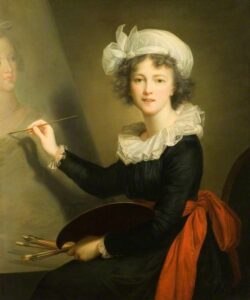In the contemporary landscape of art, the representation and contributions of women have undergone significant transformation
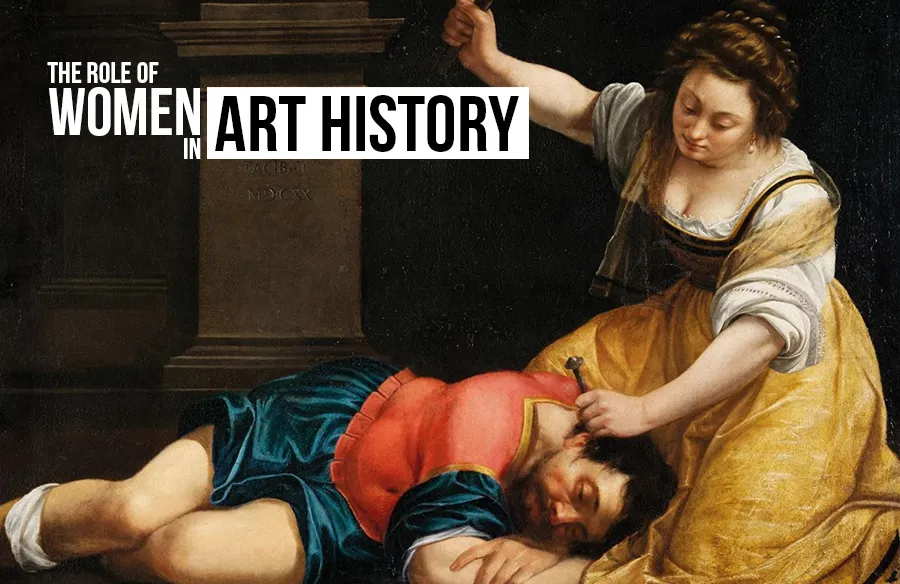
women in art Essays
In the contemporary landscape of art, the representation and contributions of women have undergone significant transformations, particularly as we have entered the year 2025. This essay aims to explore the multifaceted roles that women play in the art world, examining historical contexts, current trends, and future implications. By synthesizing various perspectives, this analysis will elucidate the profound impact of female artists, curators, and theorists while also addressing the systemic challenges they continue to face. The journey of women in art is not merely a narrative of struggle but also one of resilience, creativity, and innovation that continues to shape the art world today.

Historical Context of Women in Art
The historical narrative surrounding women in art is replete with both exclusion and resilience. Traditionally, the art world has been dominated by male figures, with women often relegated to the periphery. This marginalisation can be traced back to the Renaissance, when women were frequently denied access to formal artistic training and were instead confined to roles as muses or subjects within male-dominated artistic frameworks. Notably, artists such as Artemisia Gentileschi emerged during this period, challenging societal norms and asserting their autonomy through powerful representations of female subjects. Gentileschi’s work, characterised by its dramatic use of light and shadow, not only showcased her technical prowess but also conveyed strong narratives of female empowerment and resistance against patriarchal oppression.
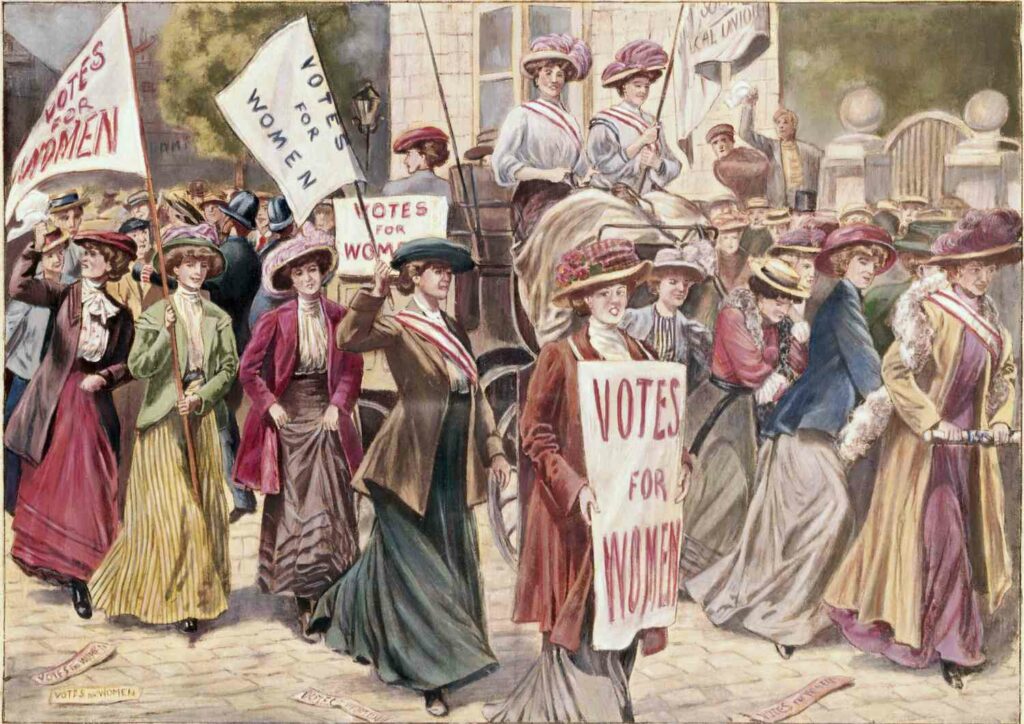
Furthermore, the 19th and early 20th centuries witnessed a gradual shift as women began to gain access to art schools and exhibitions. The suffrage movement and the broader fight for gender equality catalysed a reevaluation of women’s roles in society, including their contributions to the arts. Artists like Georgia O’Keeffe and Frida Kahlo not only gained recognition for their unique styles but also became symbols of female empowerment, embodying the struggle for autonomy and self-expression. O’Keeffe’s iconic floral paintings and desert landscapes challenged traditional representations of femininity, while Kahlo’s deeply personal and often painful self-portraits explored themes of identity, pain, and the female experience, paving the way for future generations of women artists to express their truths.
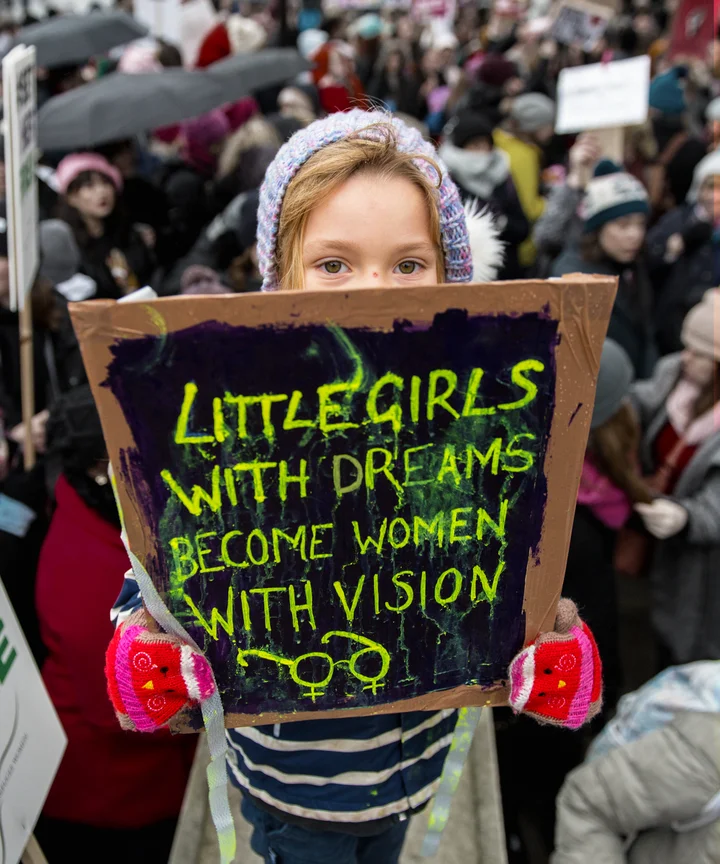
Current Trends in Women’s Art
As we navigate the complexities of the 21st century, the art world has seen a marked increase in the visibility and recognition of women artists. This shift can be attributed to various factors, including the rise of feminist art movements, the proliferation of social media, and the growing emphasis on diversity and inclusion within galleries and museums. Contemporary female artists such as Yayoi Kusama, Ai Weiwei, and Kara Walker have garnered international acclaim, utilising their platforms to address pressing social issues, including gender inequality, race, and identity politics. Kusama’s immersive installations, characterised by their polka dots and infinity rooms, invite viewers to engage with themes of obsession and mental health, while Walker’s powerful silhouettes confront the complexities of race and history in America.
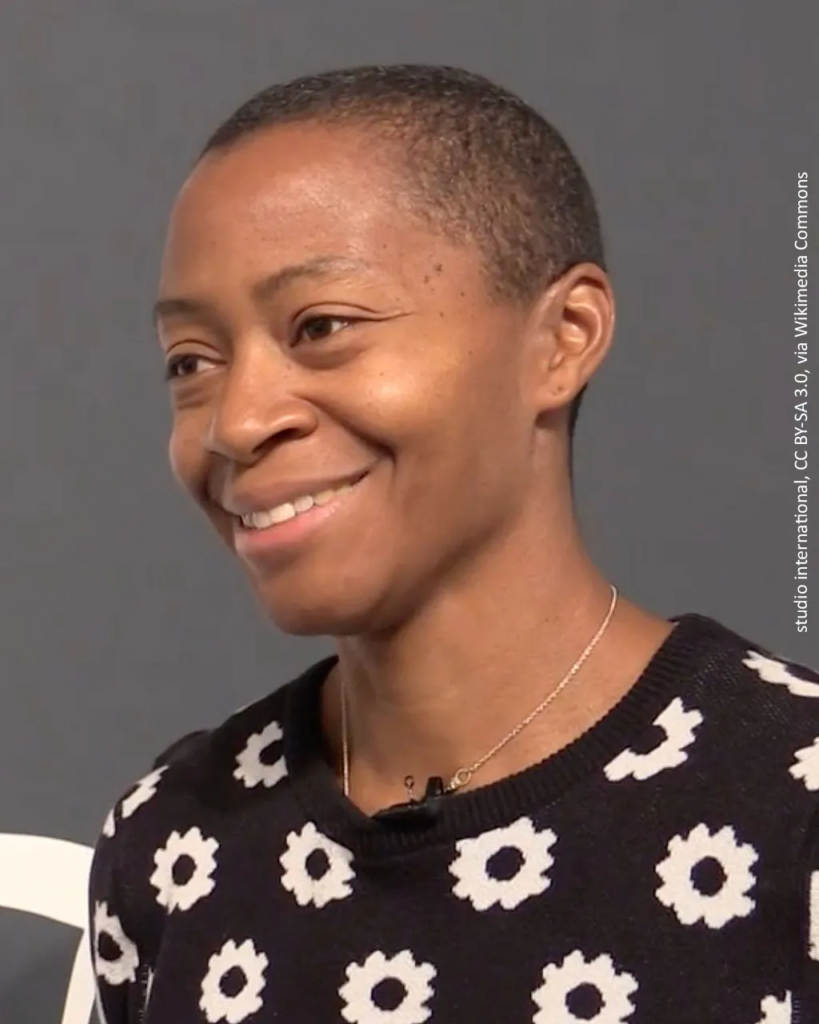
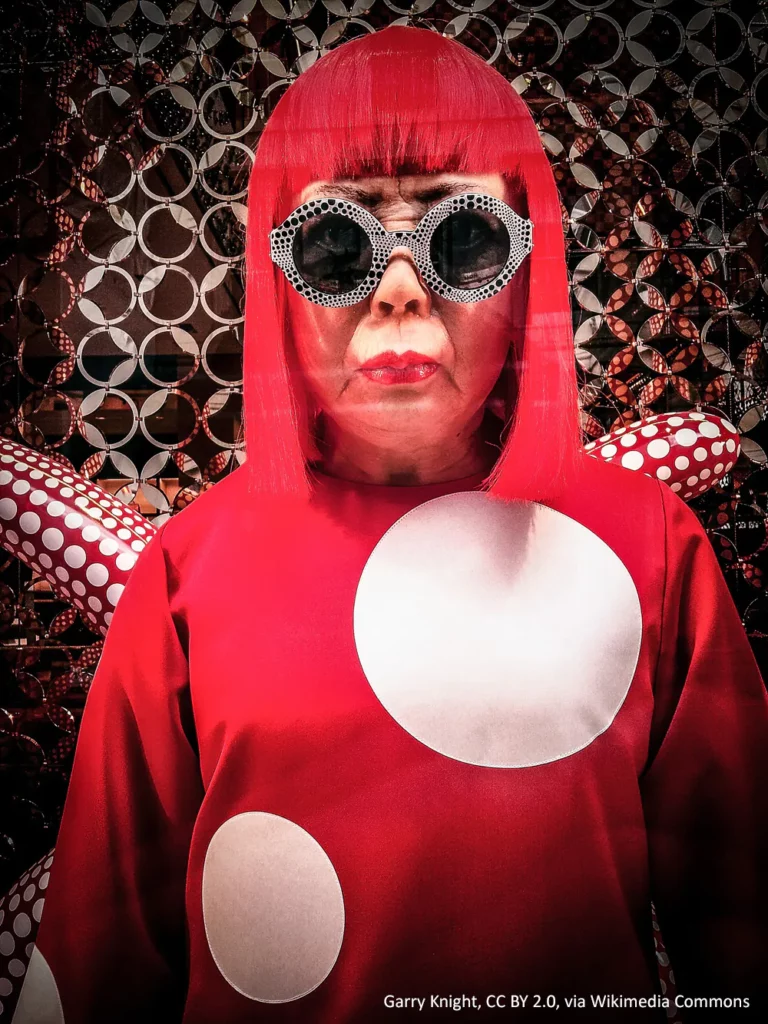
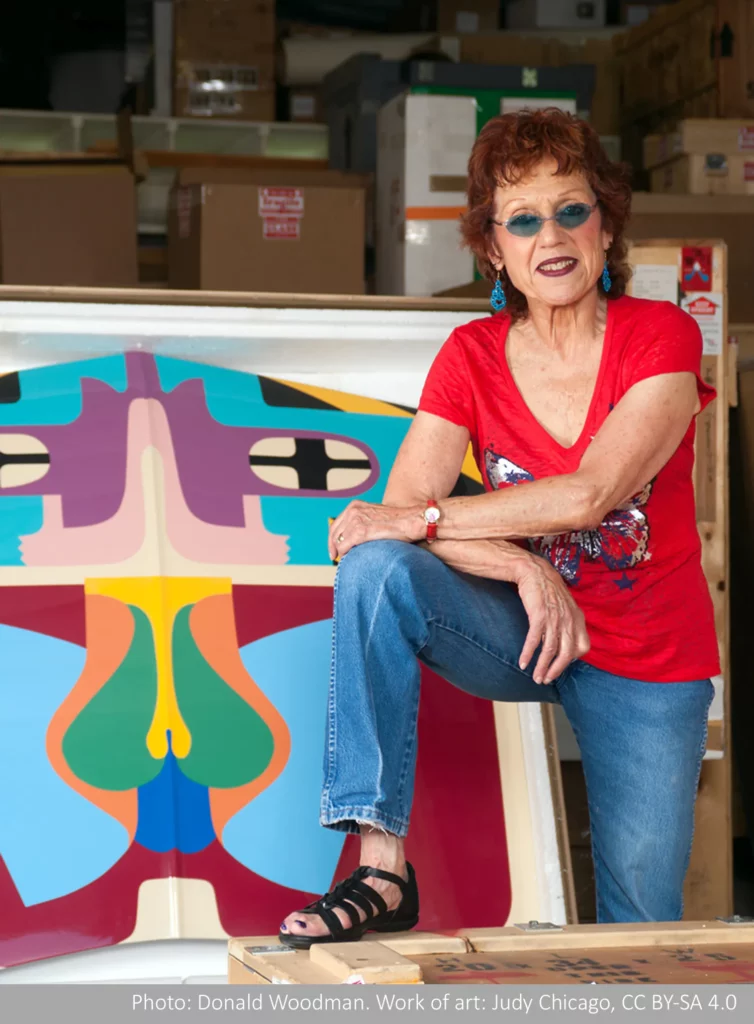
Moreover, the advent of digital technology has enabled women artists to explore new mediums and reach broader audiences. The democratisation of art through online platforms has allowed for the emergence of diverse voices, challenging traditional notions of authorship and authority. Consequently, the art world is witnessing a paradigm shift wherein women are not only participating but also leading critical conversations about the future of art and its role in society. Initiatives such as online exhibitions and virtual art fairs have provided women artists with unprecedented opportunities to showcase their work, fostering a sense of community and collaboration that transcends geographical boundaries.
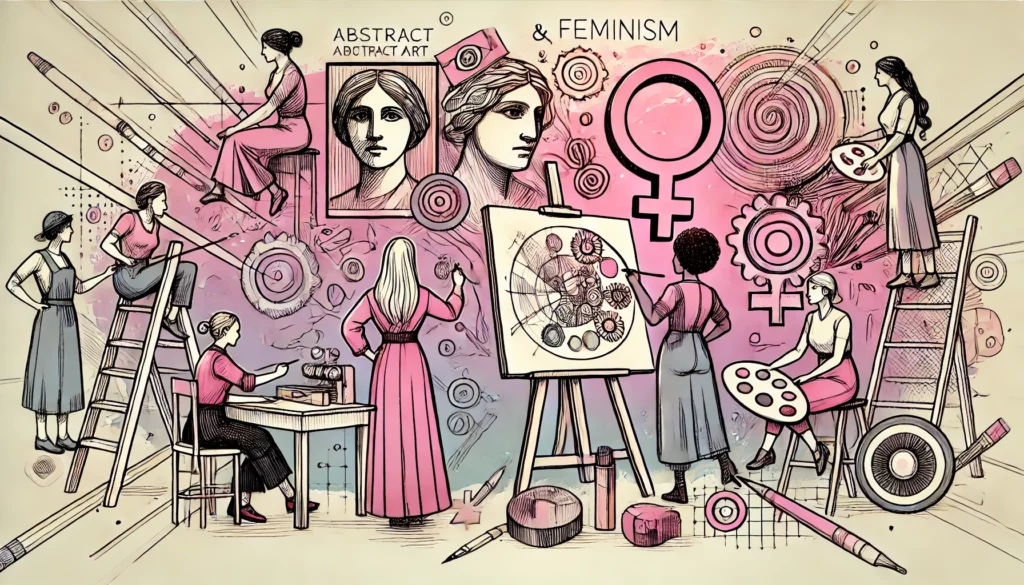
Challenges Faced by Women in the Art World
Despite the progress made, women in the art world continue to confront significant challenges. The gender pay gap remains a pervasive issue, with female artists often receiving less recognition and compensation than their male counterparts. Furthermore, the representation of women in major exhibitions and collections is disproportionately low, reflecting systemic biases that persist within the art market. For instance, a study conducted by the National Museum of Women in the Arts revealed that only 11% of artists represented in major U.S. museums are women, highlighting the urgent need for institutional reform. This underrepresentation not only affects the visibility of women artists but also perpetuates a cycle of exclusion that can discourage emerging female talent from pursuing careers in the arts.
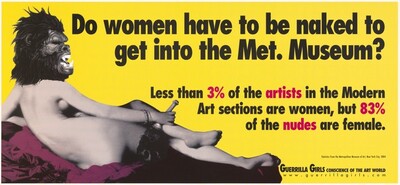
Additionally, the intersectionality of gender with other identities, such as race and sexuality, complicates the landscape further. Women of color, LGBTQ+ artists, and those from marginalised communities often face compounded barriers, resulting in their exclusion from mainstream narratives. This calls for a nuanced understanding of diversity within the art world, recognizing that the fight for equality must encompass a broad spectrum of experiences and identities. The need for intersectional approaches in art curation and criticism is paramount, as it allows for a more comprehensive representation of the diverse voices that contribute to the richness of contemporary art.
The Role of Feminist Art Movements
Feminist art movements have played a pivotal role in challenging the status quo and advocating for the recognition of women artists. From the 1970s onwards, feminist artists sought to deconstruct patriarchal narratives and highlight the contributions of women to the art world. This movement not only critiqued existing power structures but also fostered a sense of community among female artists, encouraging collaboration and support. The establishment of feminist art spaces and collectives provided platforms for women to share their work and ideas, creating a supportive network that empowered artists to challenge societal norms.
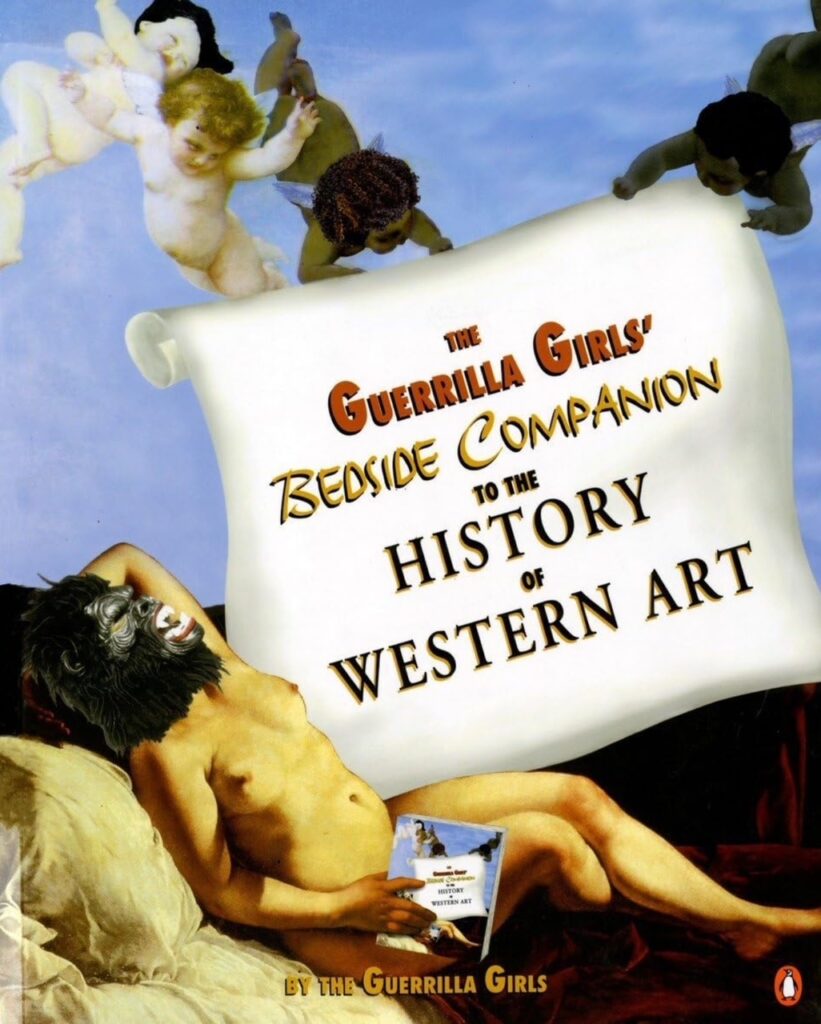
Furthermore, contemporary feminist art continues to evolve, addressing contemporary issues such as body politics, reproductive rights, and the representation of women in media. Artists like Judy Chicago and The Guerrilla Girls have utilised their work to provoke critical discussions about gender and power dynamics, emphasising the importance of intersectionality in feminist discourse. Chicago’s “The Dinner Party,” a monumental installation celebrating women’s contributions to history, remains a landmark work that inspires ongoing conversations about gender and representation. Now in 2025, the legacy of these movements remains vital, inspiring new generations of artists to engage with social justice and advocacy through their work, ensuring that the fight for equality in the arts continues to resonate.

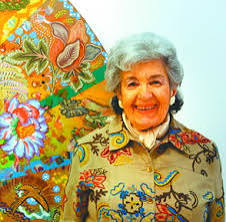
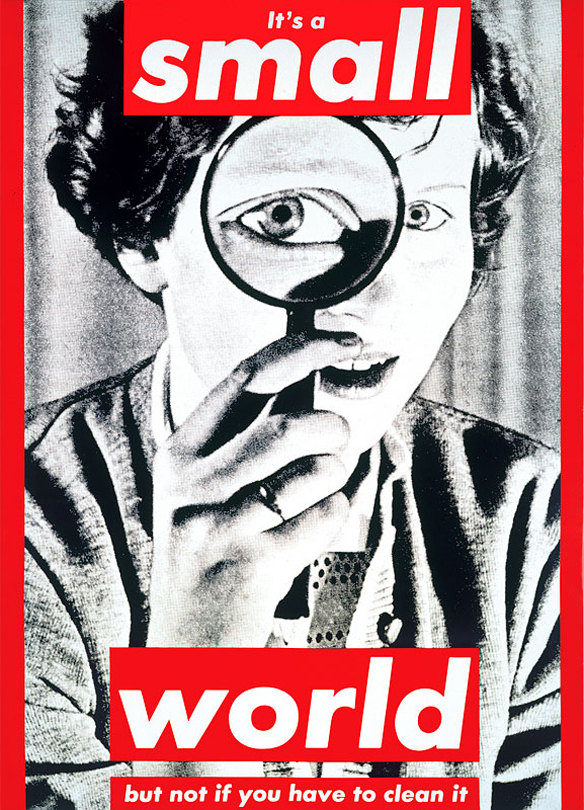
The Impact of Technology on Women in Art
The integration of technology into the art world has opened new avenues for women artists, allowing them to experiment with innovative forms of expression. Digital art, video installations, and interactive media have become increasingly popular, providing platforms for women to showcase their work and engage with audiences in unprecedented ways. The rise of virtual galleries and online exhibitions has further democratised access to art, enabling female artists to reach global audiences without the constraints of traditional exhibition spaces. This shift not only enhances visibility but also fosters a sense of global community among artists and art lovers alike.
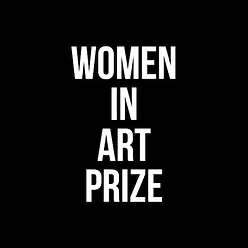
Moreover, social media platforms such as Instagram have revolutionised the way art is disseminated and consumed. Female artists can now cultivate their narratives, bypassing traditional gatekeepers and establishing direct connections with their audiences. This shift has empowered women to assert their identities and challenge prevailing norms, fostering a sense of agency and autonomy within the art community. The ability to share work instantly and receive feedback from a global audience has transformed the creative process, allowing women artists to engage in dialogue and collaboration that transcends geographical boundaries.
Future Implications for Women in Art
Looking ahead, women’s future in art appears promising and fraught with challenges. As the art world continues to grapple with issues of representation and equity, it is imperative that institutions prioritise inclusivity and actively work to dismantle systemic barriers. This includes increasing the visibility of women artists and addressing the underlying biases perpetuating inequality. Initiatives aimed at mentorship, funding, and support for women artists are essential to fostering a more equitable art landscape, ensuring that future generations have the resources and opportunities to thrive.
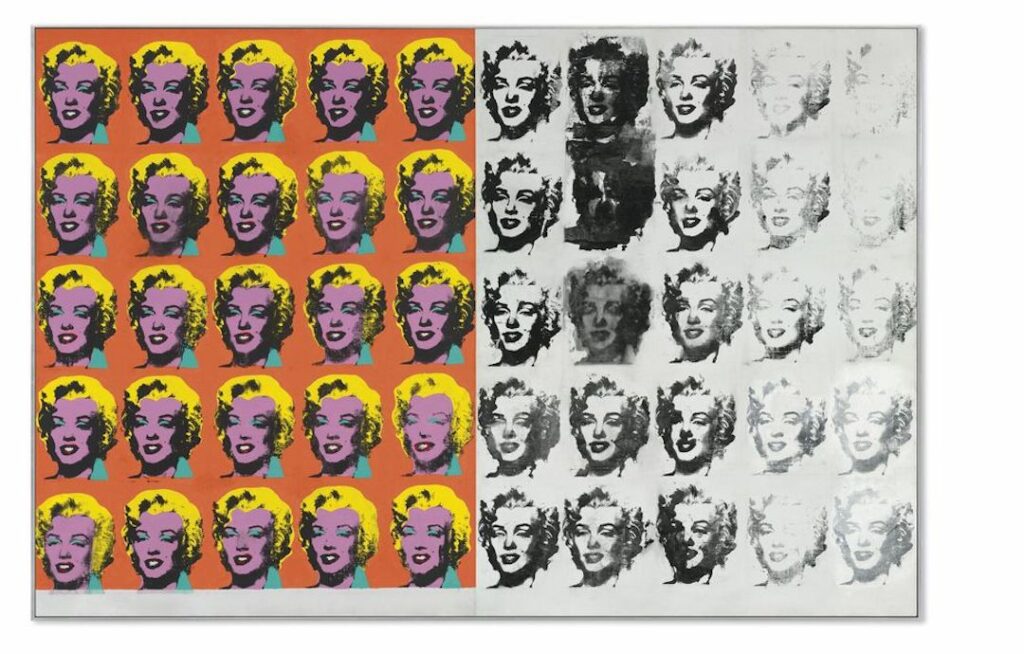
Furthermore, the ongoing dialogue surrounding diversity and intersectionality must remain at the forefront of discussions about the future of art. By embracing a more holistic understanding of representation, the art world can cultivate a richer, more nuanced narrative that reflects the complexities of contemporary society. This requires a commitment to amplifying marginalised voices and fostering an environment where all artists can thrive, regardless of their gender, race, or background. The art community must actively engage in self-reflection and reform, recognising that true progress can only be achieved through collective action and solidarity.
Conclusion
In conclusion, the exploration of women in art in 2025 reveals a dynamic interplay of historical context, current trends, and future implications. While significant strides have been made in recognizing the contributions of female artists, challenges persist that necessitate ongoing advocacy and reform. The role of feminist art movements, the impact of technology, and the importance of intersectionality are crucial elements in shaping the future landscape of the art world. As we move forward, it is essential to continue fostering an inclusive environment that celebrates the diverse voices of women, ensuring that their contributions are not only acknowledged but also celebrated as integral to the evolution of art itself. The journey of women in art is a testament to resilience and creativity, and we must continue to support and uplift these voices as they shape the future of artistic expression.
